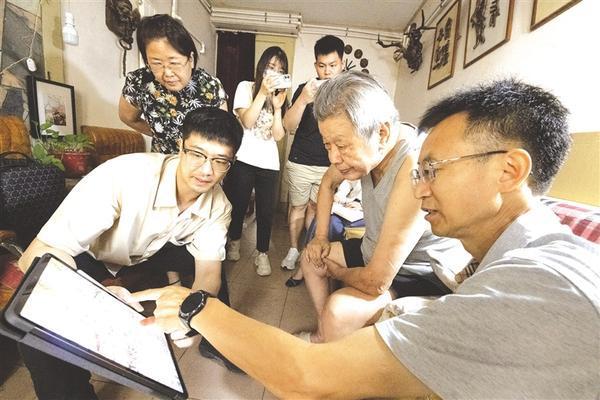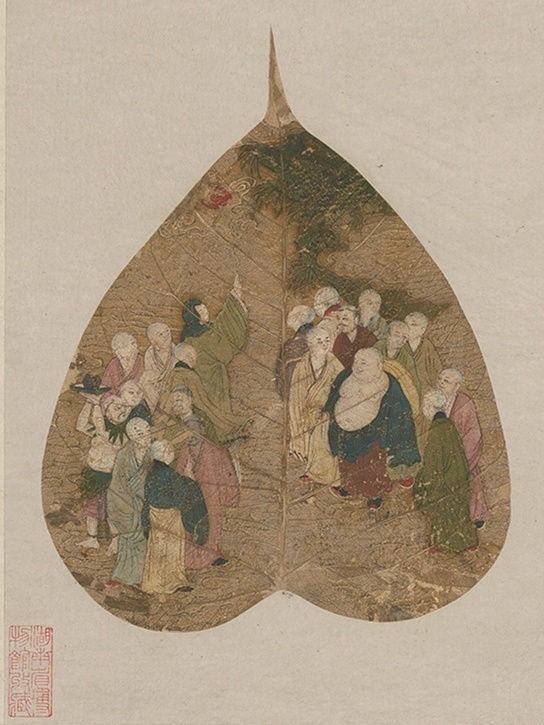Guangzhou: A non -heritage city root carving strength interprets "turning decay into magic"
Author:Zengcheng District Rong Media Time:2022.08.25
In a period of old root, a dead wood is "follow the flow of the waves". After being carved and polished by the root carving artists, it can be changed after being polished, and it can achieve a good story of "dead wood in spring". This year, Guangzhou Zengcheng Roots was selected as the seventh batch of district -level intangible cultural heritage representative project lists of Zengcheng District.
On August 24th, the reporter walked into the "root carving world" of the non -genetic person Wu Jinshi, a non -genetic person in Zengcheng District, and appreciated his decay of decay into a magical root carving skills.
According to Wu Jinshi, root sculptures are one of the traditional Chinese carving arts. They are based on the root of tree roots (including tree body, tree tumor, bamboo root, etc.) as the object of artistic creation. Create works with various forms and realistic images. Root carving skills are divided into appreciation of root carvings and practical root carvings. Appreciation of root carvings is mainly based on characters, animals, plants, etc. The practical root carving is furniture and utensils.

Wu Jinshi, a non -genetic person, is in the creation
Entering Wu Jinshi's "Shi Ji" craftsmanship, it is a piece of exquisite roots. Some of them are far -reaching, and some are smart and expressive, which is the crystallization of nature and human wisdom. "This root carving work is called" Three Gu Cao Lu ". In 2018, it won the three -dimensional silver award of Guangzhou Citizens Crafts Exhibition." Speaking of the root carving works he created, Wu Jinshi is endless, like several treasures, and his face is filled with the art of root carving art. Perseverance and love.
After many years of creative exploration, Wu Jinshi summarized a relatively complete design concept and creative process. He is good at various techniques such as sinking, relief, and transparent carving, and make full use of the characteristics of "hard, delicate, toughness" of Zengcheng ’s scalpel wood. , Follow the principle of "three -point artificial and seven -point heaven". The shape and pattern of the work are perfectly combined, forming a rough, abstract, and natural natural artistic style.
Wu Jinshi said that root carving works from collecting root materials -peeling and pollution -conceived shape -carving molding -polishing color -the seat combination, to the last name, each process, every link must be The devotion to the work, meticulously carved and scrutinized, allowed the work to reach the artistic realm of "Tibetan soul in nature and soul in the magic". He told reporters that it is important to conceive in root carving creation. Inspiration and works are uncomfortable. Although the root carving uses a variety of knives such as bow saw, ax, wooden hammer, various steel chisels, large and small knives, etc., it is not advisable to damage too much during the carving process. Show the beauty of nature.
The root carving technique brings together the essence of Chinese carving. The roots of the roots have left the historical information of the witness of human life. It reflects a deep and distant beauty, with certain historical research value, higher art value and practical value.
As a rough carving project, Wu Jinshi has a strong sense of mission and responsibility for the inheritance and development of traditional root carvings. In order to make the traditional root carving passed down from the ancestors, Wu Jinshi's son Wu Pengfei learned the root carving with his father Wu Jinshi since the age of 18. Fortunately, through a few years of punching bands, the fourth -generation heir represented by Wu Pengfei has gradually grown.
Wu Jinshi admits that he should dedicate his rest of his life to the traditional root carving art, and continue to use the carved knife in his hand to carve a wonderful life. In the past 30 years, under the impact of the market economy and informatization, root carving has gradually withered. Today, folk artists who are still carrying this traditional craftsmanship have been rare. In order to inherit this skill, Wu Jinshi hopes that more people will learn root carving, and the government and relevant departments must also give more support to let more people understand this skill, learn and protect root carving culture.
Source: Li Shimin, a reporter from Zengcheng District Rong Media Center, Li Shimin Lingyun Zhang Liwen/Photo
- END -
Find the ancient neighborhood

Zhoukou Daily · Zhou Dao client reporter Liang Zhao Zengwen/PictureOn July 7, exp...
Nanyue Hengshan Beiye Painting and Bodhi Leaf Painting

Baya Luohan albumPart of the pictureIn 1880 (six years of Guangxu) Zhong Qiuyue, t...